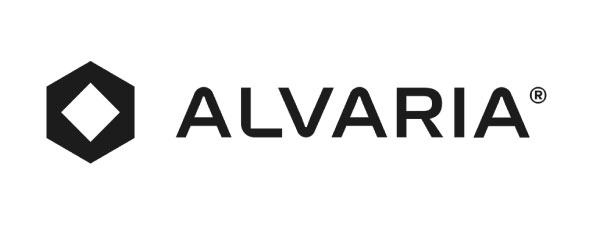Metrics are the pulse of your operation. They tell you when your strategy is working, when it’s
stalling, and when it’s straight-up costing you money. For debt collection agencies, knowing
what to track is half the battle. The other half is understanding what those metrics actually mean
and how to use them to create better outcomes for your team and the consumers they serve. In
this continuation of our series, we’re breaking down the best KPIs for debt collection success,
diving into the deeper metrics that separate strong agencies from struggling ones. If you missed
part one, it’s online here for you to read and enjoy.
Why the Best KPIs for Debt Collection Matter More Than Ever
Every agency wants higher recovery rates, fewer compliance headaches, and a more motivated
team. But you can’t manage what you don’t measure. Tracking the best KPIs for debt collection
gives managers clarity, helps agents set achievable targets, and keeps your strategy grounded
in reality, not guesswork. These KPIs tell a story. And if you’re not reading that story clearly, you
could be making decisions based on instinct instead of insight.
Let’s break down indicators that round out a strong data strategy—ones that often get
overlooked but carry serious weight when it comes to long-term success.
Average Age of Debt (or Days Sales Outstanding)
When debt ages, it hardens. The longer an account sits unpaid, the less likely it is to recover.
Average Age of Debt and Days Sales Outstanding (DSO) both reflect how long it takes to collect
on receivables. These are two of the best KPIs for debt collection because they shine a spotlight
on lag time and help agencies understand whether they’re moving quickly enough or falling
behind.
Percentage of Written-Off Debts
This KPI tells you how much revenue is slipping through the cracks for good. When your
percentage of written-off debts is high, it can indicate ineffective outreach, outdated data, or
overly aggressive timelines that don’t give consumers the room they need to resolve. Keeping
this number in check requires a balance of strategy, empathy, and smarter timing.
Right Party Contact (RPC) Rate
If you’re not speaking to the right person, you’re not collecting anything. That’s why RPC rate
remains one of the best KPIs for debt collection teams to track. A high RPC rate shows that
your data is accurate, your outreach methods are working, and your agents are spending more
time talking to the right people—not spinning their wheels on wrong numbers.
Collector Effectiveness Index (CEI)
CEI gives you a performance snapshot that goes deeper than just the total dollars collected. It
compares what was actually collected to what could have been collected, helping you assess
whether your team is operating at full potential. CEI is one of the best KPIs for debt collection
because it measures both opportunity and outcome.
Bad Debt to Sales Ratio
This KPI reveals how much of your total sales are turning into uncollectible debt. A rising ratio
could signal problems in the credit approval process, consumer communication, or internal
follow-up timing. Tracking this helps you spot cracks before they widen and erode your margins.
Litigation Rate
Taking consumers to court is a costly last resort. Monitoring your litigation rate helps you
evaluate how often that line is being crossed and whether those cases are worth the
investment. A lower rate often points to better contact strategies and resolution rates, while a
higher rate can signal that your team might be leaning on legal too quickly or ineffectively.
Non-Contactable Rate
It doesn’t matter how many calls your agents are making if most of them go nowhere. Non-
contactable rate is the quiet killer of productivity. When this rate is high, it’s usually a sign that
your data needs serious work. This is where TEC Services Group’s DataManaged Services
come in, helping agencies clean and enhance their portfolios so that agents spend less time
guessing and more time talking to the right people.
Days Past Due (DPD)
DPD shows you just how long accounts are hanging out past their due date and how close they
might be to falling off the radar. While this metric overlaps with others like DSO, it zeroes in on
aging accounts in a way that helps teams prioritize efforts more strategically. High DPD means
you’re letting opportunities slip; lowering it means you’re keeping accounts active and
recoverable.
Make KPIs Work for You, Not Against You
The best KPIs for debt collection do more than generate reports, they inform strategy, drive
accountability, and support your agents in doing their best work. And the difference between
raw data and real improvement often comes down to how you use the insights.
That’s where TEC Services Group makes an impact. From collections platform optimization to
advanced analytics and data services, TEC helps agencies track the right metrics, refine their
approach, and get better results without burning out their teams in the process.
Your numbers are talking. TEC Services Group helps you listen better and act smarter.
Because when you focus on the best KPIs for debt collection, your agency doesn’t just measure
success, it creates it.
Contact us now to learn how to optimize your strategy, streamline processes, and use our
platform-agnostic software to enhance your agency’s efforts.







